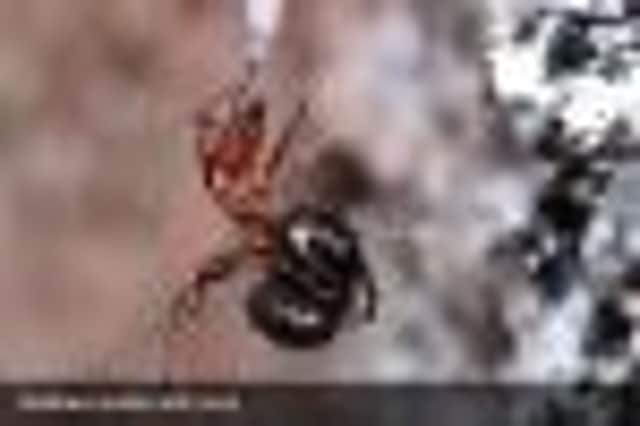In pictures: The Cairngorm creepy crawlies that may threaten 1,500 homes plan


An action will be heard in the Court of Session from 10-13 January against the adoption of a plan by the Cairngorms National Park Authority (CNPA) which includes hundreds of new homes over the next six years.
Campaigners fear there will be overdevelopment in the park which could harm a range of birds, animals, insects and plants.
Advertisement
Hide AdAdvertisement
Hide AdThe action raised by the Cairngorms Campaign, the Scottish Campaign for National Parks and the Badenoch and Strathspey Conservation Group (BSCG) said the authority acted “irrationally and/or unreasonably” in not following the recommendations of a local inquiry reporter who examined the plan.
The Mountaineering Council of Scotland has also backed an appeal to help finance the action, expected to cost about £50,000.
Residents reacted furiously when CNPA approved a 300-house development in Kingussie in an area said to be used by red squirrels and possibly wildcat.
The authority also backed a 1,500 house development at An Camus Mor in Aviemore which conservationists say is a habitat for otters, badgers and also possibly wildcat.
In its legal case, the three groups also highlight sites earmarked for housing at Kingussie (300 houses), Nethy Bridge (40) and Carrbridge (117).
Local campaigners say this year rare wild gallows spiders have been found at School Wood, Nethybridge, along with small mesh-weaver spiders. Conservationists have also discovered or re-discovered the mason bee, the blaeberry or mountain bee and Caledonian pinewood hoverflies, as well as otters and red squirrels at the site.
At the An Camus Mor site, they say they found a slender groundhopper, generally unknown in the north of Britain, a violet oil beetle, blue rove beetle, a hieroglyphic ladybird, one of eight kinds of ladybird on the site, and the lemon or slender slug.
Gus Jones, convenor of BSCG, said: “There is a wealth of wildlife put unnecessarily at risk from this deeply damaging plan.”
Advertisement
Hide AdAdvertisement
Hide AdChris Cathrine, conservation assistant (Scotland), for Buglife, the Invertebrate Conservation Trust, added: “The Cairngorms National Park is the most important area for invertebrates in Scotland, and perhaps even the UK. Despite this, many of these species are under threat by development.
“An Camas Mor is a rich site for invertebrates. The proposed housing development threatens many species of invertebrates with local extinction, and could contribute towards national extinctions of species such as the endangered Caledonian sac-spider which is almost entirely restricted to just a handful of sites in the Cairngorms National Park.”
Hamish Trench, CNPA’s strategic land use director, said:“The National Park needs sustainable development, and our Local Plan guides development to the most suitable places, ensuring that the things that make the Cairngorms a special place are conserved.”